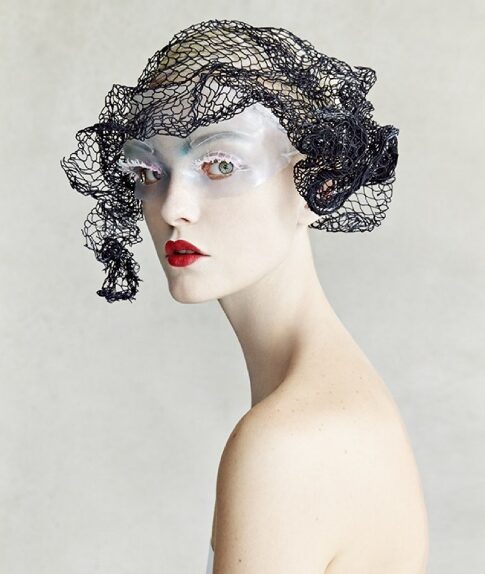How well-known is Patrick Demarchelier in the fashion world? The 2006 movie The Devil Wears Prada is about a newly-hired assistant to the editor of the most important fashion magazine in the galaxy. On her first day on the job she is asked “Did Demarchelier confirm?” While the assistant blinks in ignorance, a more senior assistant is already on the phone, calling out “I have Patrick!”
That’s how well-known he is.
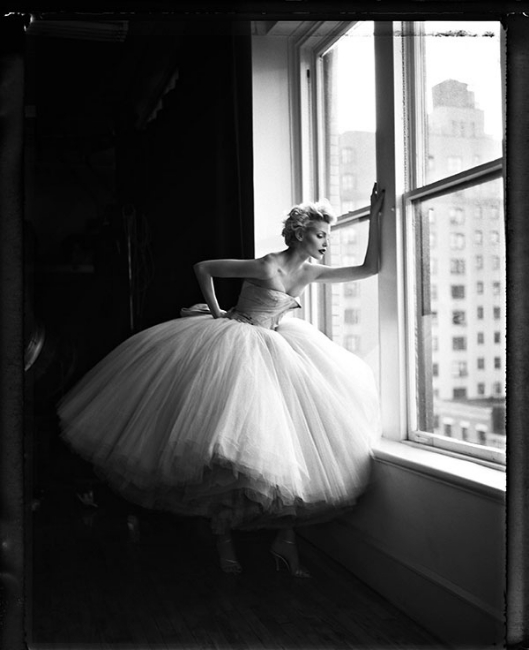
Demarchelier is one of half a dozen premier fashion photographers in the world. His client list includes names like Versace, Calvin Klein, Chanel, Dior, Ralph Lauren, Louis Vuitton and Armani. He has done spreads for every major fashion magazine in the U.S. and Europe. He has photographed every significant fashion model, as well as many major movie stars, artists, and sports figures. He owns a three-story studio in Chelsea in New York City and a holiday home on St. Barts, but spends as much time shooting on location in Paris. Or in Africa, or Venice, or the Caribbean, or anywhere in the world some art director for some fashion magazine thinks might be an appropriate background for thin women dressed in expensive gowns. In his spare time, he shoots photos for his personal projects and goes sailing with his family.
Not surprisingly, Patrick Demarchelier is a happy man.
He was born in 1943, during the Second World War, and grew up in the port city of Le Havre in northwest France. On his seventeenth birthday he was given an Eastman Kodak camera. He started taking photographs.
It’s so often that way, it seems; a parent or kindly relative gives a young person a camera and something unexpected happens. A connection of some sort takes place between the human and the technology, a kinship between camera and hand and eye and mind. It was that way with Demarchelier.
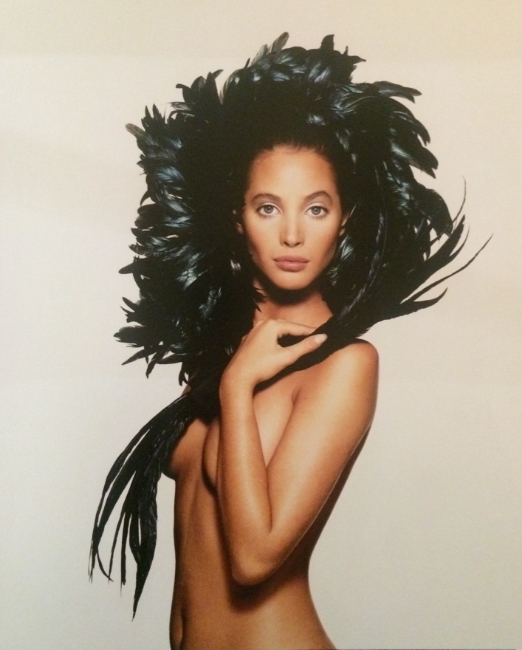
To support his photography habit, Demarchelier took a job in a small lab printing and retouching passport photographs. When he was 20, he left Le Havre for Paris and found work in another lab, printing photos for a newspaper. That eventually led to a position as a photographer’s assistant to Hans Feurer, a Swiss-born commercial photographer who was breaking into fashion work. Providentially, after Demarchelier was hired Feurer was given his first assignment for British Vogue. Feurer’s new assistant soon began taking test shots for him.
His time as Feurer’s assistant was, in effect, Demarchelier’s apprenticeship in fashion photography. It formed him as a photographer. He not only learned more about the mechanics of photography, but also about lighting, about working with live models, about set design, about running an efficient studio–lessons that would be invaluable when Demarchelier would open his own studio.
“I have no formal qualifications [as a photographer]. Just the school of life. I learned most by just taking pictures; a lot of pictures…. Being a photographer is like being an athlete. You must practice every day.”
And like an athlete, you must be tough. When Demarchelier, trying to break out on his own, first presented his portfolio to the art director of Elle magazine, it was rejected out of hand. He accepted the director’s criticism, and kept working.

In the early 1970s, Demarchelier and a few other lower level Parisian fashion photographers began to develop a new style–a style based on more than simply displaying the clothing to be marketed in a favorable light. They were intent on presenting clothing almost as if were sculpture. The clothing was still the subject of the photograph, but it was objectified rather than commercialized. The fashion was not just a thing to be sold, but a thing to be observed as art. That style caught on quickly among younger fashion editors and soon Demarchelier was working steadily.
In 1975, Demarchelier moved from Paris to New York City and opened his own studio. He developed a reputation for hard work as well as talent. He became known for photo shoots that were either exceedingly quick or tediously long. He either works very quickly or very slowly. “You surprise people by being fast and before they realize it, you are finished. Then they say ‘Oh, it’s finished already? I didn’t have time to set up myself.’” In contrast, he sometimes finds he must work slowly. “After two hours they get so bored they completely forget about the camera. They forget about the camera very early or they forget about it the long run, but not in between.“
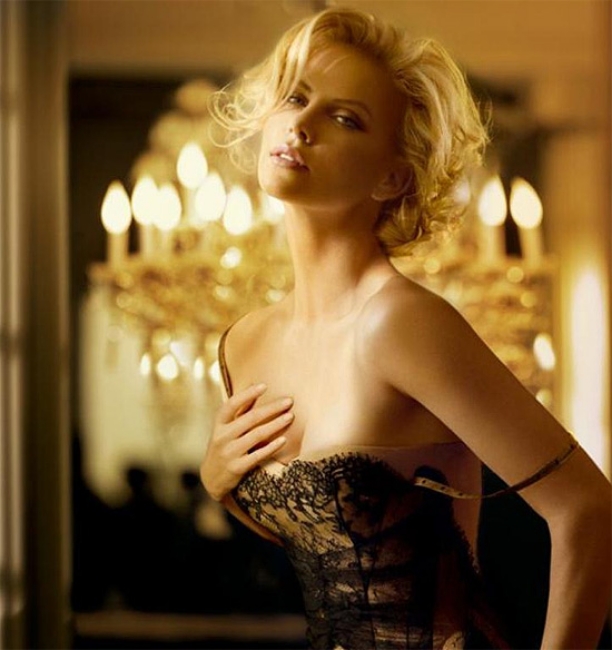
Within a few years, Demarchelier had become a member of an exclusive coterie of fashion photography gods. He worked with the most expensive houses of couture, the most celebrated fashion designers, the most sought-after models, and the most distinctive fashion magazines. He used the most expensive and finely crafted equipment on the most elaborate sets in the most exotic locations. He did portrait sittings for the most famous figures, ranging from Madonna to Hillary, from DiCaprio to Altman. In 1989 Demarchelier was appointed, by special request, as the official photographer of Her Royal Highness Princess Diana–the first non-British photographer ever to be so honored.
The boy from Le Havre was breathing rarified air.
In a way, it seems Demarchelier’s antidote to that rarified air was to continue to do basic commercial work. When he wasn’t taking portraits of doomed British royalty or photographing high fashion models on the bridges of Venice, Demarchelier shot publicity stills for Hollywood movies. He shot cover art for rock musicians. Many fashion photographers would consider such work beneath them; Demarchelier just wanted to work.
That attitude still holds true. This year, Demarchelier joined that exclusive circle of photographers who have twice shot the photographs for the annual Pirelli calendar. That’s right, one of the most famous fashion photographers in the world shot the photos for a publicity calendar for a tire company. Of course, the Pirelli calendar–the Cal, as it’s called by its fans–is not a common publicity calendar; it’s been called “the world’s only prestigious and exclusive ‘girly’ calendar.” The photographers who have shot for Pirelli include Annie Leibovitz, Richard Avedon, and Joyce Tennyson.
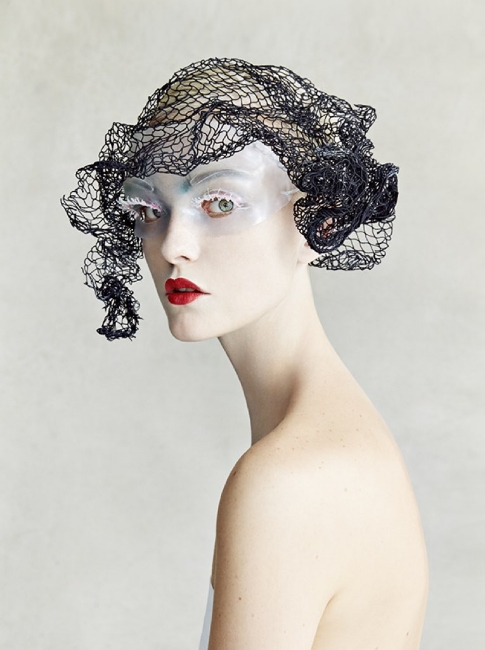
Demarchelier has had an odd career arc. I’ve seen no indication that he grew up with a fascination for haute-couture, just that he grew up with a passion for photography. The jobs he took seem to have shaped his career. One senses that had he become the assistant to a wildlife photographer rather than a fashion photographer, Demarchelier would now be well-known for his images of Bengal tigers and Komodo dragons. And, in fact, his personal projects range from studies of wildlife in Africa to nudes in St. Barthelemy.
Patrick Demarchelier’s story is one of luck combined with hard work, of organic talent leavened by deep technical knowledge, of passion guided by a keen understanding of humanity. He attributes his success in the fashion world to having “good models,” but the simple fact is he goes out of his way to cater to the whims of his subjects. When actor Ashley Judd arrives for a sitting and requests bottled water served at 72 degrees, he gives her bottled water at exactly 72 degrees. That some of his subjects are coddled and spoiled isn’t important to Demarchelier; what is important–what is always most important–are the photographs.

